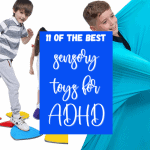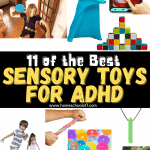Best Toys for Kids with ADHD That Actually Help
Finding the best toys for kids with ADHD has been part of our everyday life since my son was diagnosed at age nine.
Some toys helped him calm down, others helped him concentrate, and a few became go-to tools during tough homeschool days.
These weren’t just fun distractions—they supported real learning and emotional regulation.
If you’re in the thick of homeschooling a child with ADHD, you already know how important the right tools can be. This list comes from experience, not guesswork.

**This post may contain affiliate links. As an Amazon Associate and a participant in other affiliate programs, I earn a commission on qualifying purchases.**
Best Toys for ADHD
Choosing the right toy can make everyday moments easier and more enjoyable for kids with ADHD.
Below are some of the top options that have helped my son stay engaged, relaxed, and focused—at home, during schoolwork, and in his free time.
Fidget Spinners and Fidget Cubes
Fidget toys have been a staple in our home since my son’s ADHD diagnosis. Spinners and cubes offer quiet, hands-on movement that helps with focus and anxiety. They’re small, easy to carry, and work well both in the classroom and on the go.
Kinetic Sand
Kinetic sand has been one of the most calming tools for my son. Its soft, moldable texture offers sensory input without overstimulation. It’s great for quiet play, fine motor practice, and creative breaks between lessons.
Weighted Blankets and Stuffed Animals
Weighted items like blankets or plush animals provide deep pressure, which can help kids feel grounded and calm. We use a weighted blanket during wind-down time, especially after active or overstimulating days.
Building Blocks and LEGO Sets
LEGO sets and classic building blocks are perfect for kids who need help focusing. They’re open-ended, encourage planning and patience, and provide a natural outlet for creativity and hands-on learning.

Interactive Learning Toys
Educational tablets and learning boards can make screen time feel purposeful. These tools combine movement, visuals, and audio—great for holding attention while building academic skills in reading, math, and more.
Puzzle Games
Puzzles offer built-in goals and structure, which can be helpful for kids with ADHD. Whether it’s a 3D puzzle globe or a simple jigsaw, these activities build persistence, problem-solving, and concentration in a low-pressure way.
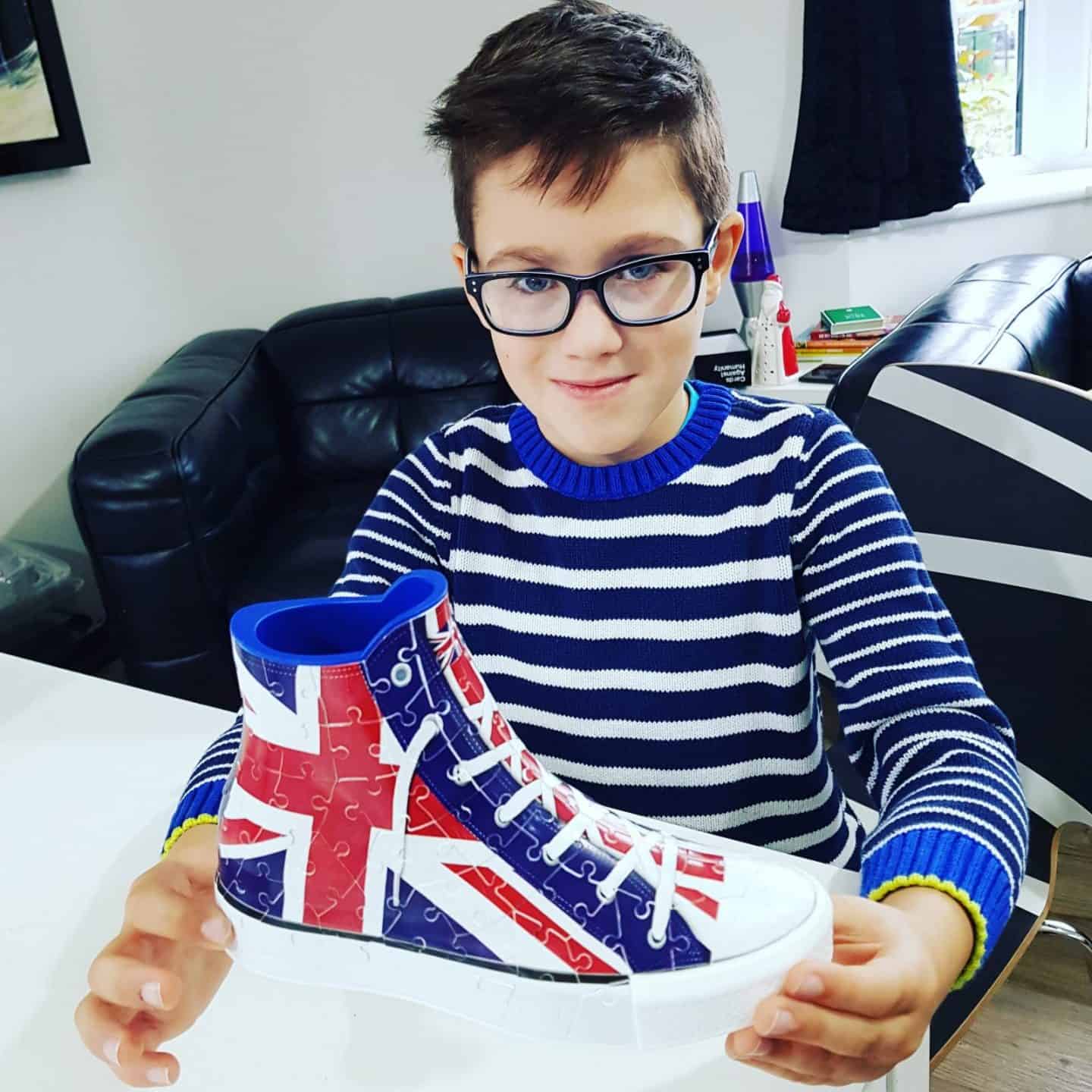
Outdoor Activity Toys
Anything that gets kids moving helps burn off excess energy. Trampolines, balance bikes, and backyard obstacle courses are a big hit here—they give my son the physical input he needs to stay regulated and focused afterward.
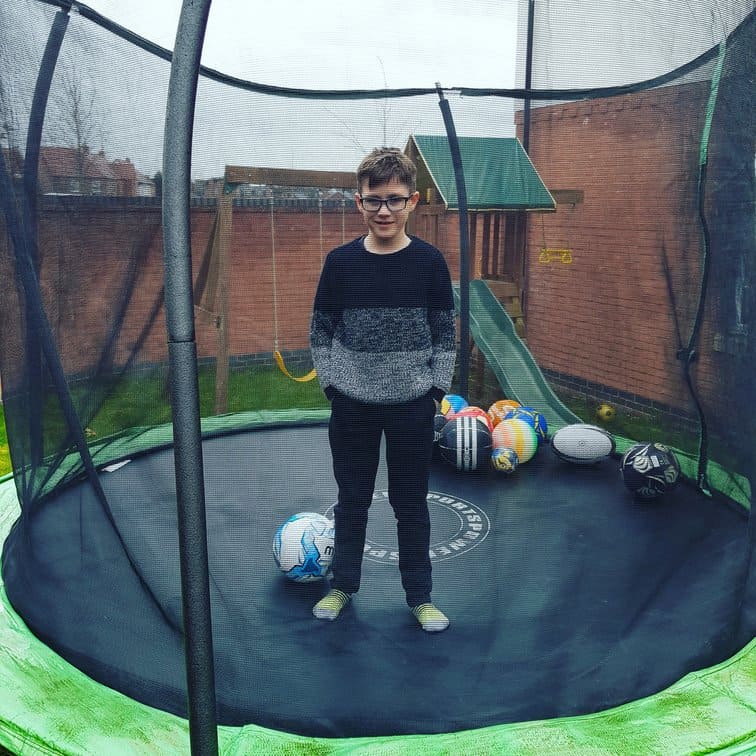
Art Supplies
Creative tools like markers, clay, and sketchbooks give kids a way to express what they’re feeling. For us, art has doubled as a calming activity and a transition tool between tasks, all while supporting fine motor development.
Musical Instruments
Keyboards, hand drums, and ukuleles are more than fun—they teach rhythm, focus, and patience. If your child loves sound and movement, music can be a powerful outlet that’s both structured and expressive.
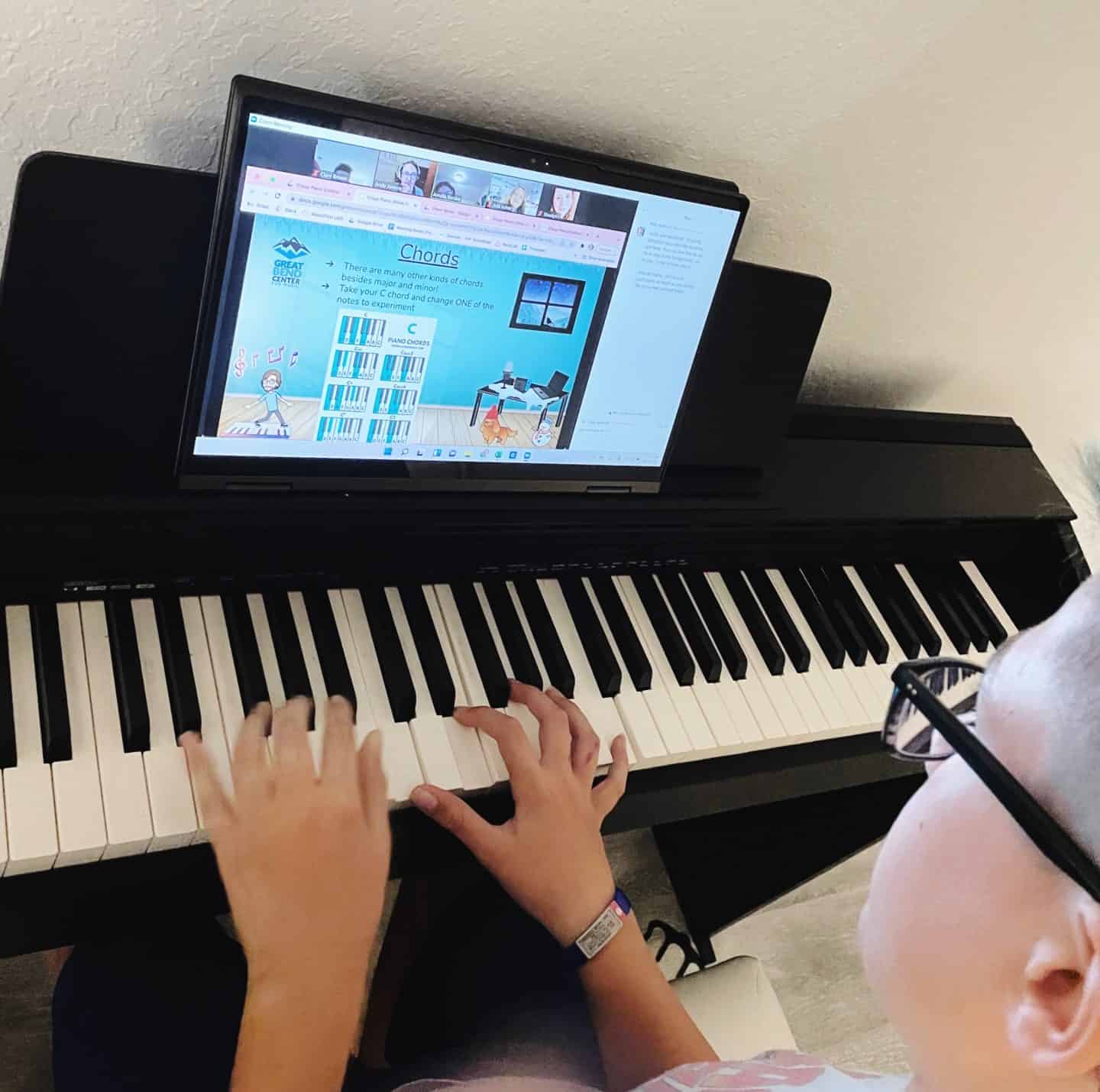
Sensory Toys
Sensory toys—like chewable necklaces, squishy balls, or textured pads—can help kids stay centered. My son uses them during lessons or transitions when he needs extra sensory input to stay calm and engaged.
According to the National Institute of Mental Health (NIMH), consistent sensory input—like tactile play, movement, and calming tools—can support emotional regulation in children with ADHD.
Looking for a full curriculum that actually works? Check out our guide to the best homeschooling curriculum for ADHD—based on real experience and what helped my son stay focused at home.
Choosing the Right Toys for Kids with ADHD
Not every toy is a fit for every child. Here’s what I look for when choosing toys that actually help my son focus, stay calm, and enjoy playtime:
- Sensory input – Toys with textures, movement, or sound help regulate focus and emotions.
- Movement-friendly – Things like trampolines or balance boards burn energy and support attention afterward.
- Creative outlets – Art supplies, LEGO, and instruments give space for expression and low-pressure focus.
- Structured engagement – Puzzles and logic games challenge the brain while keeping attention anchored.
- Comfort tools – Weighted items and soft textures help with winding down or transitioning between tasks.
Want extra support?
Check out our favorite ADHD books for parents for practical strategies, and don’t miss these kids books about ADHD that help children understand their own brains in a positive way.
Last Updated on 7 April 2025 by Clare Brown

